
Couperose : les remèdes naturels pour soulager la peau
06/02/2021
Rougeurs persistantes sur le visage, petits vaisseaux sanguins dilatés, sensations de brûlure et d’inconfort… Ces différents symptômes peuvent être associés à la couperose, une maladie de la peau assez fréquente, notamment chez les femmes âgées de 30 à 50 ans. Malgré son aspect bénin pour la santé, la peau est mise à rude épreuve et les impacts peuvent affecter le moral des personnes qui en souffrent. Mais quelles sont exactement les causes de la couperose ? Quelles solutions naturelles pour la traiter ?
QU'EST-CE QUE LA COUPEROSE ?
La couperose, également définie comme étant la forme vasculaire de la rosacée, est une affection de la peau du visage. Elle se manifeste par des plaques de rougeurs sur les joues, le nez, le front et le menton. Seul le contour des yeux et de la bouche est épargné. Ces plaques apparaissent suite à la dilatation de petits vaisseaux sanguins qui renvoient le sang vers la peau. Ces petits vaisseaux strient l’épiderme et sont de couleur rouge, voire violacée. La peau du visage est généralement sèche, légèrement gonflée, très sensible et réactive. La couperose s'accompagne de picotements, d’irritations et de sensations de brûlure. D’autres manifestations, comme des bouffées de chaleur, appelées “flush”, peuvent survenir suite à un moment de stress, à l’ingestion d’aliment trop épicé ou à la consommation d’alcool.
Couperose et rosacée sont souvent des termes que l’on interprète comme étant des synonymes, mais il existe une petite nuance. La rosacée est le nom global de la maladie dermatologique qui touche les vaisseaux sanguins du visage et provoque ces rougeurs. Il existe 4 sous-types de rosacée, dont la couperose. Les autres formes sont : la forme papulo-pustuleuse (poussées inflammatoires, présence de papules et pustules), la forme oculaire (conjonctivite, sécheresse oculaire, irritation de l’œil) et la forme hypertrophique (aspect rouge et soufflé au niveau du nez).
QUELLES SONT LES CAUSES ?
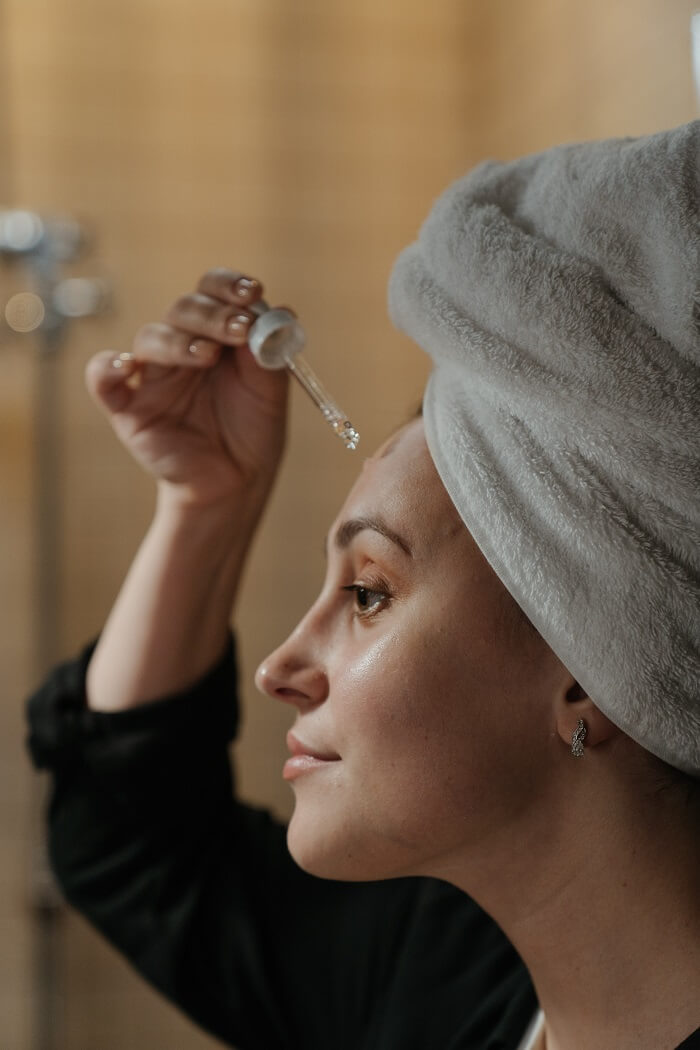
Les causes exactes de la couperose ne sont pas clairement identifiées, mais plusieurs facteurs semblent tout de même jouer sur son apparition et aggraver la réaction de la peau. Il semblerait qu’une prédisposition génétique influence son éruption. Elle touche, en effet, fréquemment les personnes à la peau claire. Une anomalie de l'hyperactivité des vaisseaux sanguins pourrait aussi déclencher cette forme vasculaire de la rosacée.
Concernant les facteurs aggravants, on retrouve les variations brusques de température, la chaleur, le froid, le vent ou encore l’exposition au soleil. Ces conditions climatiques viennent agresser la peau, la fragilisent davantage et entraînent la dilatation des vaisseaux sanguins. La consommation d’une nourriture trop épicée, de boissons trop chaudes ou encore d’alcool peuvent également provoquer l’apparition des rougeurs. L’application de certains soins devient même impossible du fait de la sensibilité exacerbée de la peau et de son intolérance face à certains ingrédients. Les fortes émotions comme le stress, une montée d’adrénaline ou encore un exercice physique intense peuvent, eux aussi, avoir des influences sur la couperose. D’après certaines recherches, la prise de corticoïdes pourrait également coïncider avec son apparition.
COMMENT TRAITER NATURELLEMENT LA COUPEROSE ?
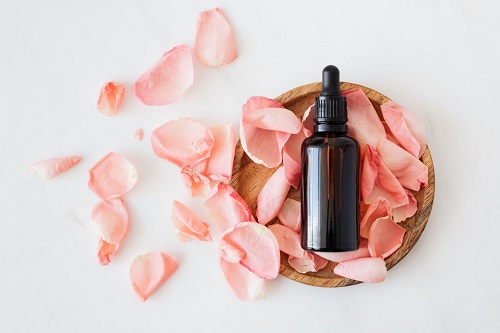
Afin de traiter au mieux la couperose, il est indispensable d’avoir un suivi médical. Le traitement dépend notamment des différents symptômes et de l’intensité de la maladie. Cependant, au quotidien et en prévention, des petits remèdes naturels existent pour prévenir la couperose, apaiser les rougeurs et diminuer l'inflammation de la peau.
LE POUVOIR DES HUILES ESSENTIELLES
L’huile essentielle de camomille
L’huile essentielle de camomille est idéale pour les peaux sensibles, sujettes aux inconforts et rougeurs. Riche en actif anti-inflammatoire, elle apaise les peaux irritées, atténue les sensations de brûlure, décongestionne la peau et favorise la cicatrisation des lésions.
Huile essentielle d’immortelle
Également appelée "hélichryse" par les botanistes, l’huile essentielle d’immortelle est la référence des soins naturels pour lutter contre la couperose. Cette huile est souvent utilisée en cas de petits bobos pour prévenir l’apparition des hématomes. Elle est connue pour fluidifier la circulation sanguine, pour ses vertus astringentes et anti-inflammatoires. Elle apaise les rougeurs, unifie le teint et répare la peau. Son petit plus est qu’elle prévient l’apparition des rides et régénère les cellules.
Huile essentielle de ciste
L’huile essentielle de ciste diminue les rougeurs des peaux couperosées. Elle stimule la circulation des vaisseaux, atténue leur saignement et limite ainsi qu’ils ne se dilatent. Tout comme l’huile essentielle d’immortelle, cette huile est un puissant anti-âge grâce à ses vertus régénérantes.
Veillez à bien suivre les précautions d'emploi pour chacune des huiles essentielles (les ajouter à une solution huileuse, utiliser sous forme d’hydrolat…).
LES BIENFAITS DES HUILES VEGETALES
L’huile de chanvre
Aimée des peaux sensibles et réactives, l’huile de chanvre est réputée pour sa douceur. Grâce à ses bienfaits anti-inflammatoires, elle calme les rougeurs chroniques, répare la peau abîmée par la couperose et décongestionne. En plus, elle fait partie des huiles non comédogènes pour la peau.
L’huile de calophylle
Régénérante, anti-inflammatoire, bénéfique pour la circulation sanguine, cicatrisante… L’huile de calophylle est connue pour son efficacité sur la couperose. Elle répare les peaux abîmées et soulage. Elle peut notamment très bien s’utiliser en synergie avec quelques gouttes d’huile essentielle de ciste.
LA MAGIE DE L'ALOE VERA
---------------------------------------
L’aloe vera est le remède de bien de maux et elle l’est tout autant pour la couperose. Ses propriétés anti-inflammatoires soulagent et apaisent la peau. Cette plante atténue les sensations de brûlure, d’irritation et d’inconfort. Elle hydrate en profondeur et respecte les peaux sensibles. Privilégiez le choix d’un gel à aloe vera avec du véritable jus plutôt que de la poudre de la plante.
UNE ROUTINE DE SOINS ADAPTÉS
Démaquillage, nettoyage, hydratation sont les mots d’ordre pour prendre soin de sa peau, quelle que soit la problématique rencontrée. La seule différence réside dans le choix des produits qui doivent être en accord avec son type de peau. Dans le cas de la couperose, il est primordial de choisir des soins très doux, de préférence sans alcool, qui n’agressent pas la peau.
Démaquillage : privilégiez les huiles démaquillantes bio qui dissolvent le makeup en douceur. Les huiles s’utilisent au doigt et se rincent facilement à l’eau tiède sans laisser de film gras. Elles évitent l’utilisation de coton qui, dans le cas des peaux très fragiles, peuvent agresser la peau à cause des mouvements de frottement. Et en plus, c’est un maquillage 0 déchet !
Nettoyage : Pour éliminer les derniers petits résidus tenaces de maquillage, nettoyez votre peau à l’aide d’un gel nettoyant adapté aux peaux sensibles. La composition du produit doit être respectueuse de votre peau, sans ingrédients agressifs.
Hydratation : Choisissez une crème hydratante bio des plus douces et naturelles qui protégera votre peau. L’huile d’amande douce est d'ailleurs souvent recommandée pour prendre soin des peaux les plus fragiles. L’application d’une crème pour visage permet de protéger l'épiderme des agressions extérieures, qui peuvent notamment être un facteur aggravant de la couperose.
LES ALIMENTS QUI APAISENT LA PEAU
Dans le cadre de l'alimentation, les plats épicés, les boissons trop chaudes ou encore l’alcool sont connus pour favoriser la couperose et déclencher les flushs. A l’inverse, la consommation d’aliments riches en antioxydant, en vitamine C et E ou encore aux vertus anti-inflammatoires, apporte davantage de confort et d’apaisement à la peau, la protège des agressions extérieures et stimule la production de collagène. Dans cette liste, on retrouve les légumes et fruits frais (surtout les fruits rouges), les poissons gras, les amandes, les noix, les œufs, les avocats… Privilégiez l’achat de légumes et fruits issus de l’agriculture biologique afin d’éviter les pesticides et de profiter de tous leurs bienfaits.
Une alimentation saine et équilibrée, c’est, de toute façon, le combo gagnant pour une peau en bonne santé !
LE MAQUILLAGE D'UNE PEAU COUPEROSÉE

Si on le souhaite, on peut camoufler ses petites rougeurs avec un peu de maquillage, à condition que les produits respectent notre peau ! Les cosmétiques bio contiennent moins de produits chimiques et respectent davantage les peaux sensibles.
Pour le teint, privilégiez les textures fluides qui se travaillent facilement pour éviter tout frottement inutile et un démaquillage en douceur. Les produits “longue tenue”, les poudres compactes et également les cosmétiques waterproof sont à proscrire car ils ont tendance à assécher la peau et risquent de l'enflammer. Les BB crèmes et les CC crèmes sont de bonnes alternatives. Elles ont certes une couvrance légère mais suffisante pour camoufler les rougeurs. Pour neutraliser davantage ces flushs, il est également possible d’appliquer une base de teint ou correcteur de couleur verte.
Lire aussi...
|
Vous souhaitez des conseils personnalisés pour votre routine beauté ?
|
|

|
Article rédigé par : Aline Foulet Fondatrice de la marque cosmétique Bio Akane Skincare Blog Akane Paris, Montmartre
|

_1.jpg)
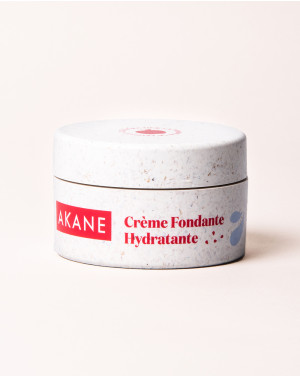

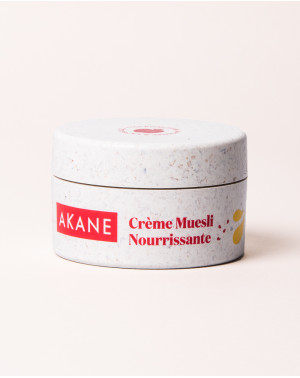

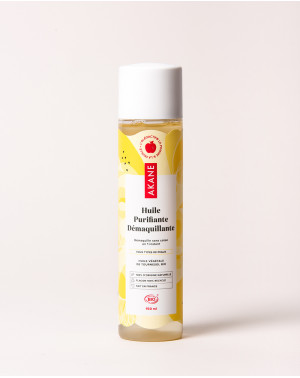

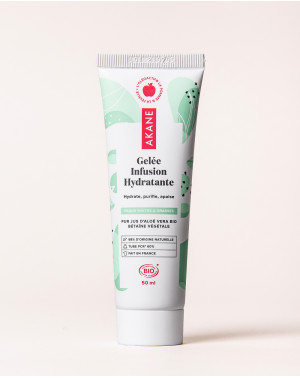

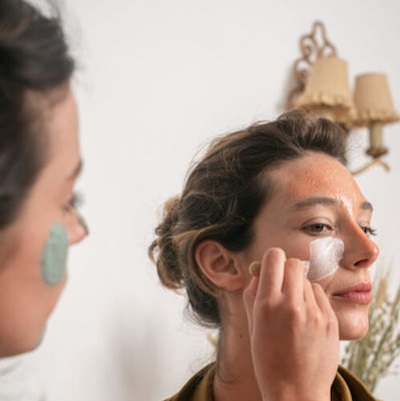


.JPG)